Pinterest marketing has enormous potential for yielding very concrete and very valuable results. Pinterest statistics prove it!
This presents an exceptional opportunity for marketers because pinners are actively looking to find content, products, and resources that match their needs.
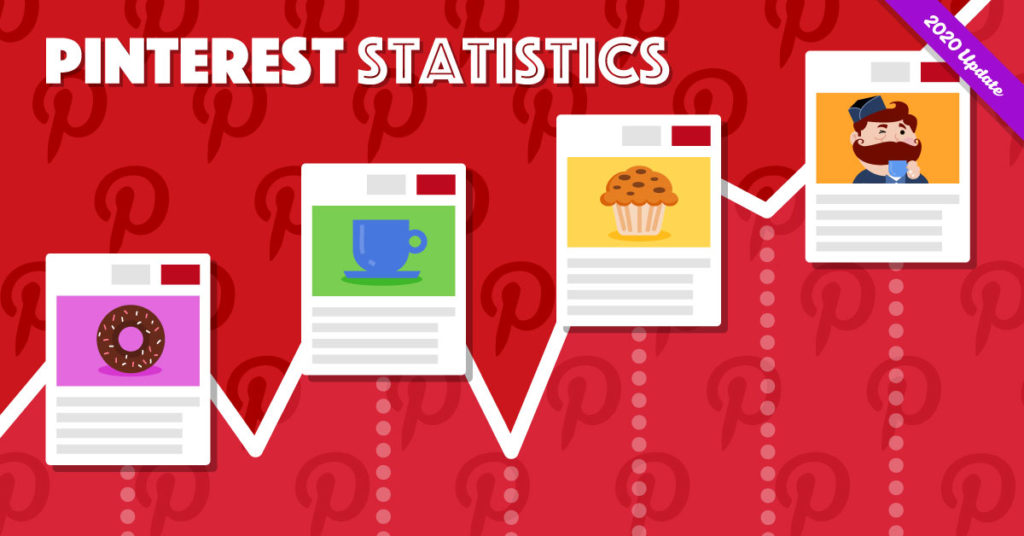
Have you wondered exactly how successful your Pinterest campaigns have the potential to be, or whether or not Promoted Pins are worth the time?
In this blog post, we’ve compiled the 31 most relevant, useful Pinterest statistics out there to help brands and advertisers decide how they can best make the platform work for them.
Pinterest is very different from other types of social media sites, with the emphasis from users being on finding and saving content instead of sharing it themselves.
I say this both as an over-eager pinner myself who has made purchases from products I first discovered on the platform and a marketer who has seen the selling power of Pinterest from the brand side, too.
That’s why we collected the most relevant Pinterest statistics that will help you get better results when marketing on the platform.
Pinterest Statistics: Demographic
Pinterest demographics play a significant role in whether or not the platform is right for any given advertiser.
Many people know that Pinterest users are typically women, even though the male-to-female ratio has been closing in recent years.
Here are a few demographic statistics, however, that you might not be aware of.
1. 40% of all pinners have a household income of $100k per year, and an additional 10% make at least $50k per year.
The disposable income potential on Pinterest, therefore, is high.
2. High-income homes are 2x as likely to use Pinterest as low-income homes.
A Pew Research study found that a large portion of Pinterest users earn over $75,000 per year, meaning that there’s plenty of users with relatively high disposable income on the platform.
3. There is an average of 2 million people pinning content every day, resulting in more than 100 billion pins currently existing on the platform.
This means lots of potential for circulation, which is good for you.
4. Regular pinners are spending an average of 34 minutes on the site per visit.
This is longer than some other average session lengths on platforms including Facebook (which averages 33 minutes), Instagram (24), and Twitter (24).
5. 50% of Millennials use Pinterest every month.
Millennials are a hot market for a lot of businesses right now, so take note of this.
6. Pinterest has 400 million monthly active users.
This may seem small in comparison with Facebook, but think about your competition levels and the level of engagement happening on Pinterest, and it’s grown from 250 million in 2018, which is major growth.
7. Pinterest is now the third-most-popular social media site.
Facebook and Instagram are head of Pinterest, which recently surpassed Snapchat to snag the title.
8. 25-34 year old women make up 29% of Pinterest’s userbase, which is their largest audience segment.
This has been relatively consistent for some time now, though it’s good to note that the number of men joining the platform are increasing.
9. 50% of all new accounts are coming from men.
With half of all new signups coming from men, this is closing the gender gap previously on Pinterest. Which brings us to our next statistic…
10. Almost 40% of fathers in the United States use Pinterest.
This fights the misconception that Pinterest is only used by those identifying as female. And not only are plenty of dads on Pinterest, but they’re also active users…
11. Dads are heavily-engaged Pinterest users and more active than some other audience segments.
Fathers aren’t just creating accounts; they’re active users. They love looking up gadgets, and they’re both 3x more likely to have shared boards than the average male pinner, and they actively search 62% more than the average pinner. They’re less likely to scroll and more likely to head to direct search.
12. More than half of Pinterest’s users are outside of the United States.
There are massive international audiences here, and Pinterest is rolling out promoted pin access to more areas.
Pinner Statistics: Usage
While it’s valuable to know who is using the platform, it’s also helpful to know how they’re using it. Let’s take a look at how they’re using the platform, and note that we’re going to look specifically at pinners’ buying behavior in the next section.
13. People who use Pinterest start the buying and planning process two times earlier than other consumers.
They’re using Pinterest for active research, and they’re taking more time to make sure they’re getting their purchase right.
14. 80% of pinners prefer the Pinterest app to the desktop site.
Once again, our constant theme of “don’t neglect mobile” holds true here, too.
15. Visual searches increased 140% in 2018 from 2017, resulting in more than 600 million visual searches on a monthly basis.
Visual search allows users to find products they like the look of, and see other similar options available to them.
16. 11:00 pm is the most active pinning hour of the day, with around 6% of pinning happening at that time.
As a fellow night owl and pinner, I’m not overwhelmingly surprised.
17. About 39% of female pinners will opt for Pinterest’s search engine over traditional options like Google or Bring. The same is true for 48% of male users.
This is a particularly important statistic because it shows that people are trusting the content on the platform and they’re turning here first.
18. 85% of pinners will turn to the platform when they want to start a new project.
Starting a new project can mean remodeling a bathroom, building a computer, decorating for Christmas, or even learning about new dog training tips. There’s a massive store of educational content on Pinterest, which is all about sharing ideas that people can use for their own lives.
19. Related pins account for about 40% of on-platform engagement.
Pinterest has a feature called “related pins” When you’re viewing a pin, the platform will automatically show you other pins that are similar. This can help you browse relevant ideas quickly to find what you need fast. This is a wildly popular feature that users love.
19. 90% of users enjoy that Pinterest is “filled with positivity.”
While some social media marketing platforms like Facebook or Twitter become increasingly dominated with an overwhelming amount of negativity and hostility. Pinterest wants to be different, and they’ve made steps to keep their platform positive. In addition to having a focus on valuable content, they’ve also got well-being activities for users who are experiencing stress, anxiety, and depression.
Pinterest Statistics: Pinner Buying Behavior
Now it’s time for the start of the really juicy statistics: those that detail buying behavior.
Let’s take a look at the buying behavior you can expect from Pinterest users and what it means for you.
20. The average order value of sales that come from Pinterest is $50.
This is currently higher than any other social platform.
21. 47% of Millennials on Pinterest purchased something they’d pinned.
This is 9% higher than on Facebook and 14% higher than on Twitter.
22. 67% of pinners will actually use the app while shopping in brick-and-mortar stores.
There is no stopping the Pinterest research train, even if you have the customer right in front of you.
23. 73% of pinners have purchased something after seeing it on Pinterest.
Again, this is an enormous percentage.
24. 18.5% of active pinners will even make a Pinterest-driven purchase at least one time per month.
This amounts to almost a fifth of all users.
25. 47% of Pinterest users utilize Pinterest to plan for upcoming big life events.
One study found that almost half of those who were having a big event (like a wedding or buying a house) in the next six months, use Pinterest to plan for it. This proves that Pinterest is a research tool and a planning tool, and people are using it religiously.
26. 85% of pinners prioritize visuals when they’re searching for items like furniture or apparel.
Your copy matters, of course, but nothing matters as much as the images on Pinterest. You want strong, eye-catching, attention-grabbing images that represent your product or content well. People are browsing Pinterest like a storefront, with pins like the windows into a shop.
27. 98% of users actively try new things that they discover on the platform.
Almost all pinners have tried something– which can include a recipe, a product, a design technique, etc.– that they’ve discovered while browsing on Pinterest. Sometimes this will be something they’ve actively looked for, but sometimes it can also be something that they’ve stumbled across randomly.
28. 89% of pinners use the platform for purchase inspiration.
When pinners are conducting buying research, they’ll often turn to Pinterest. They want to make sure they’re finding the best product they can that suits their needs well, and this is a great platform to connect with high-intent users as a result.
29. Millennials on Pinterest spend an average of 17% more than Millennials who don’t.
This may be connected to the link to a higher-than-average income, which could certainly help. Either way, Millennials are actively engaged on the platform and they’re ready to spend money when they discover content on the platform.
30. An outstanding 47% of Pinterest users log onto the site specifically to shop.
This is about as high-intent of an audience as you can get. They’re on the platform, they’re looking to purchase something, and all you need to do is to get them to see your pin and realize it’s the right fit. Using keyword-heavy descriptions is so important for this reason. This alone makes Pinterest 4x more effective at sales generation than any other social platform.
31. 97% of searches are unbranded.
This means that someone is searching for phrases like “brown purse” instead of “coach purse.” People want the best products that most suit their needs, and they’re not dead-set on a specific brand. This is largely why they come to Pinterest to research instead of heading straight to a brand website, and since there’s such an enormous array of brands and products on the platform, they know there is a great chance to discover fantastic products.
Pinterest Statistics: Promoted Pin
Promoted Pins is Pinterest’s exceptional ad system. You can learn more about it here, but first, take a look at the statistics that demonstrate its effectiveness.
32. One study found that every $1 spent on promoted Pins yielded $2 in profit.
That’s not exactly terrible ROI.
33. For every 100 impressions, a Promoted Pin receives, brands get an average of 30 free views due to repinning.
And thus, you give another type of ROI that will benefit you long-term.
34. According to Pinterest, Promoted Pins drives 5x more sales in-store.
People are coming into stores ready to buy after seeing those ads.
35. Promoted App pins for a single business yielded 5% higher signup rates than other platforms.
This Pinterest-sponsored case study shows that Promoted Pins are valuable for more than just sales (as if those weren’t enough).
36. 70% of Promoted Pin sales come from customers new to the brand.
You aren’t just getting the sale, you’re getting the chance at gaining a customer for life.
37. Advertisers see about 20% more clicks in the month following the launch of a Promoted Pin campaign.
These ads are clearly driving traffic in huge amounts.
38. Advertisers can reach over 169 million people on Pinterest with Promoted Pins.
You can’t reach Pinterest’s full userbase just yet because Promoted Pins haven’t rolled out to all areas, but they’ve been launching their ads in more countries. This number will only continue to go up.
39. Pinterest’s ad revenue is expected to surpass $1 billion this year.
Early projections noted that Pinterest’s Promoted Pins were growing so significantly that the ad revenue is expected to surpass this major milestone this year.
Pinterest Statistics: Content
The above statistics look at how users engage with content on Pinterest.
This section is going to feature statistics that demonstrate what they’re engaging with.
40. The most repined images have multiple dominant colors, and are repined 3.25x more than those with a single dominant color.
Go bold, and get colorful with your content, because this is a visual platform.
41. Brand images without faces in them get 23% more repins than those with faces in them, and as a result, less than 20% of images on Pinterest have faces.
This is not the case on Instagram, but paying attention to this rule on Pinterest will get those clicks.
42.73% of pinners in a recent study said they founded branded content useful.
They’re not only willing to view and engage with this content, they may actually be looking for it.
43. Videos between 30 and 90 seconds long are those with the highest performance.
Keep it short, but long enough to be useful and informative.
44. Brand images without faces in them get 23% more repins than those with faces in them, and as a result, less than 20% of pictures on Pinterest include faces.
This is not the case on Instagram, but paying attention to this rule on Pinterest will get those clicks.
45. The categories that most frequently lead to purchases from Pinterest are fashion, beauty, and home decor.
If you’re in these industries, measure up.
46. 80% of all pins are repins.
As a user, it explains why I see the same content cycling around so often, and it all shows the potential of how far your pins can go.
47. It takes a pin approximately 3.5 months to accumulate 50% of its total engagement.
This is so, so important– it may even be the most important statistic on the list. Pinterest marketing takes time, so be patient and stick with it.
48. Video views are increasing rapidly, with 6x more video views in 2019 than in 2018.
On-platform video rolled out just a few years ago, and it’s finally catching on within Pinterest. If you don’t have video pins, consider testing some out.
49. The end-of-year is Pinterest’s busiest season with 321 million searches.
Since this is a major sales season for many businesses and Pinterest is used for buying research, this makes sense. Refresh your pins if needed before the holiday season to make sure they’re optimized for success.
50. Only 28% of marketers are currently using Pinterest.
This can be so hard to believe because you’ll see branded content seemingly everywhere on Pinterest, but if you take a look, you’ll notice a lot of the same brands popping up again and again. Relatively low brand competition is a valuable marketing opportunity, so take advantage of that.
51. 78% of users find branded content helpful.
Users are more than happy to engage with branded content, and may even be actively seeking it out.
Pinterest Statistics: Conclusion
If you were doubting whether or not Pinterest was a viable, valuable marketing platform before reading this post, I think you have the answers you need know to know with certainty that it is.
It’s still true that not all brands might be an outstanding fit for the platform, but if your audience is there and engaging with content and brands like yours, there’s nothing to lose.
Remember that Pinterest is clearly a long-term marketing strategy, so put the time and effort into it that’s needed and don’t give up if you don’t see results right away.
What do you think? Do you use Pinterest marketing for your business or your clients’ businesses? Which strategies are most effective for you? Did any of our statistics surprise you? Share your thoughts and questions in the comments below!
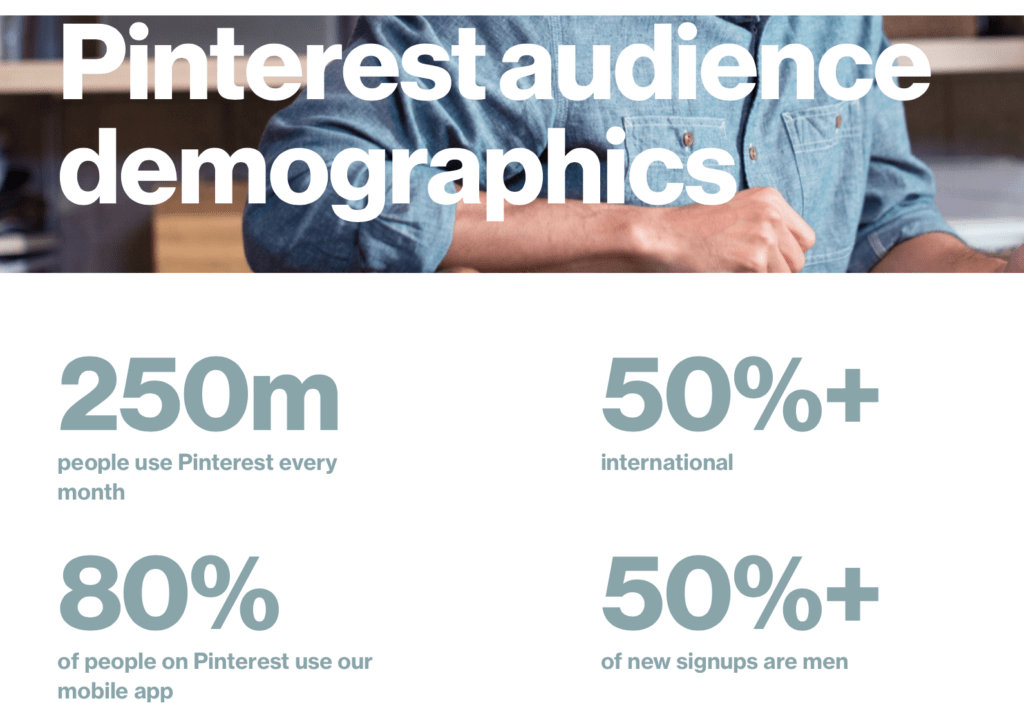
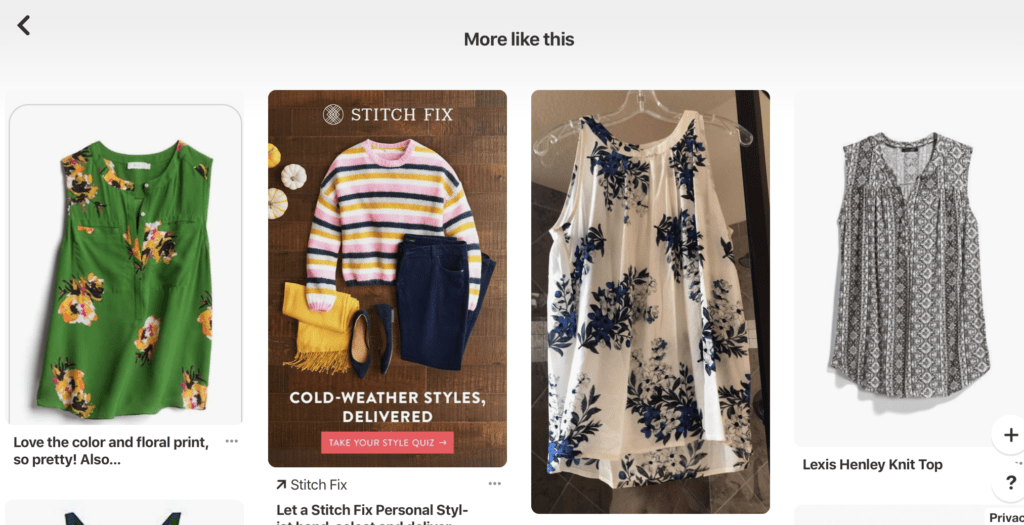
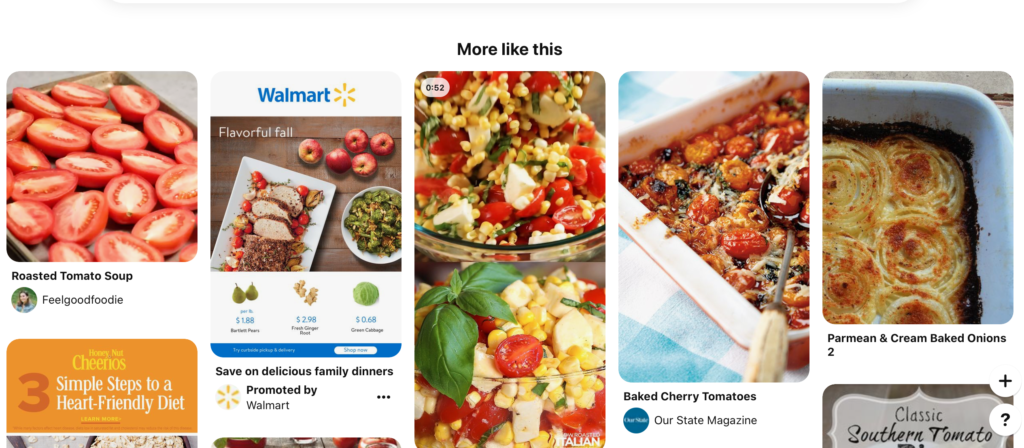
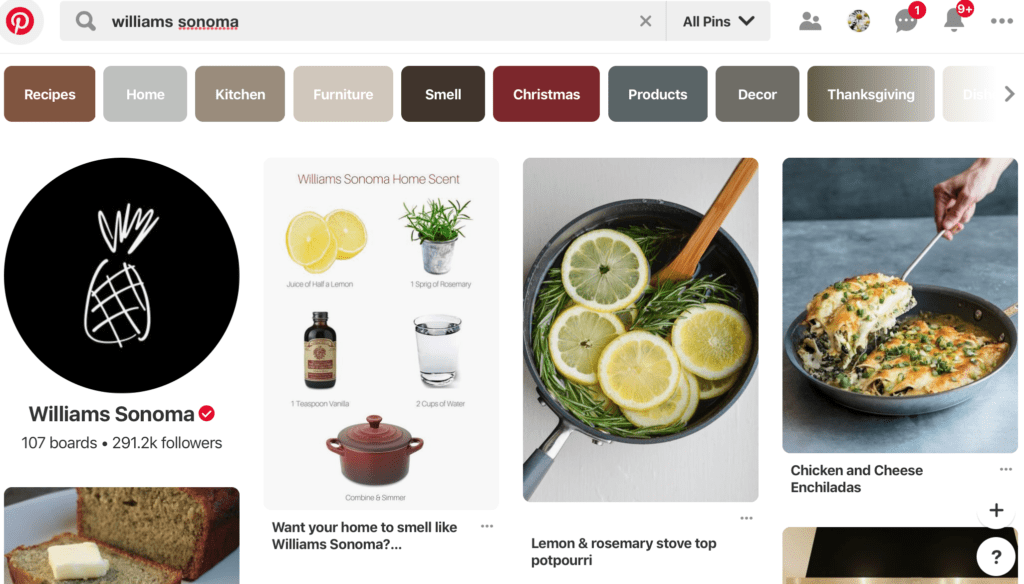
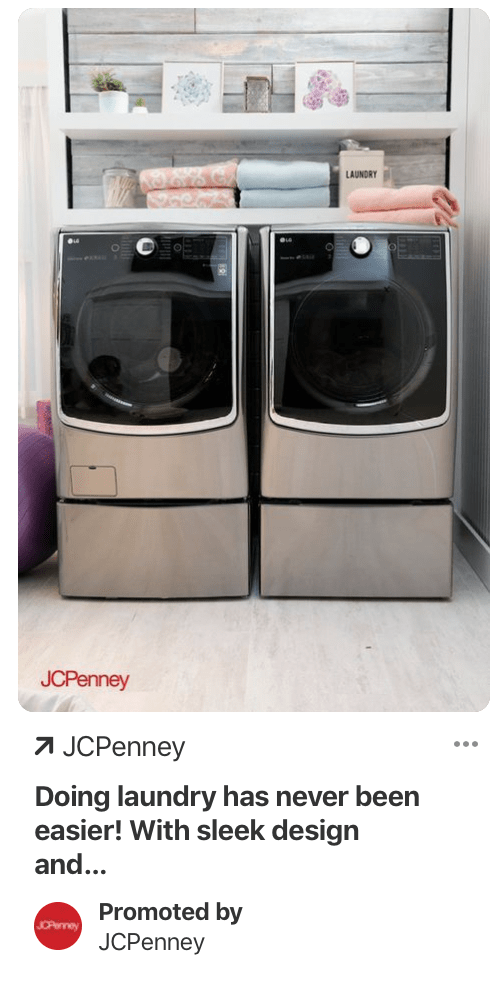
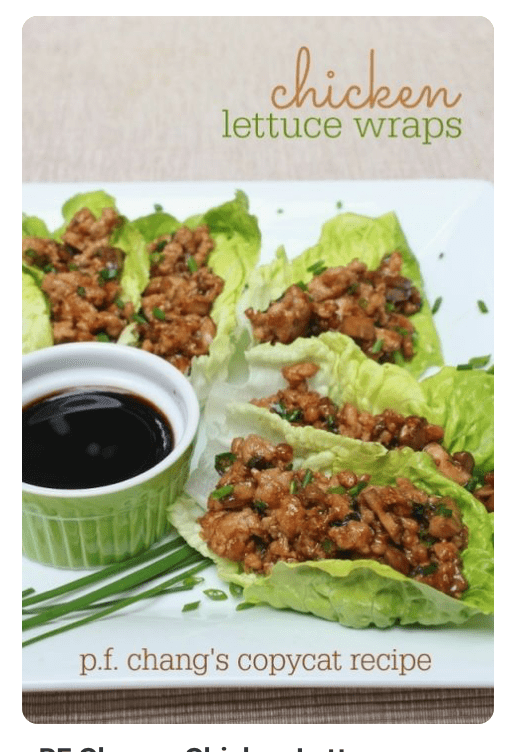

Nice post. I liked the demographic facts about Pinterest. pinterest has higher organic reach than Facebook. So it’s worth to invest time in Pinterest marketing.